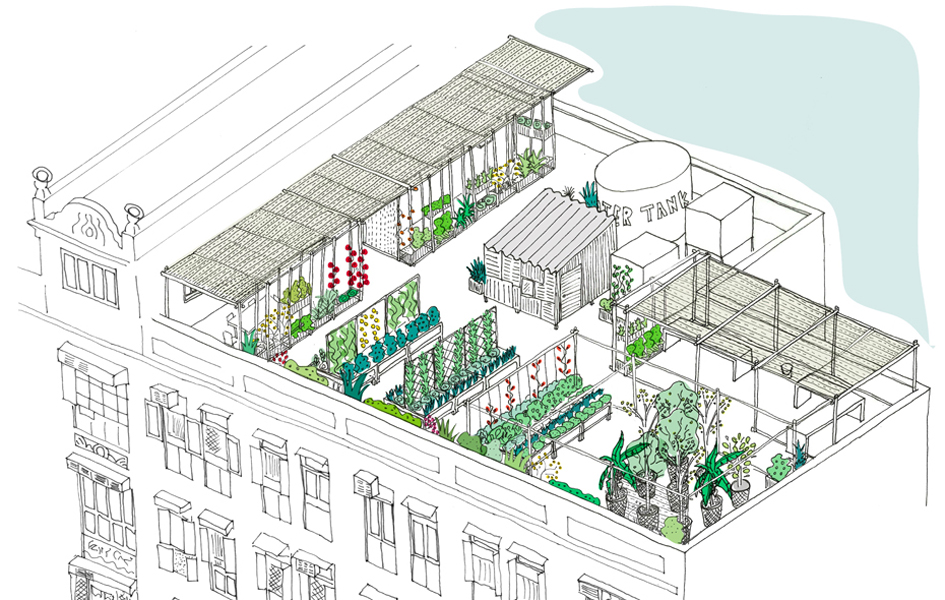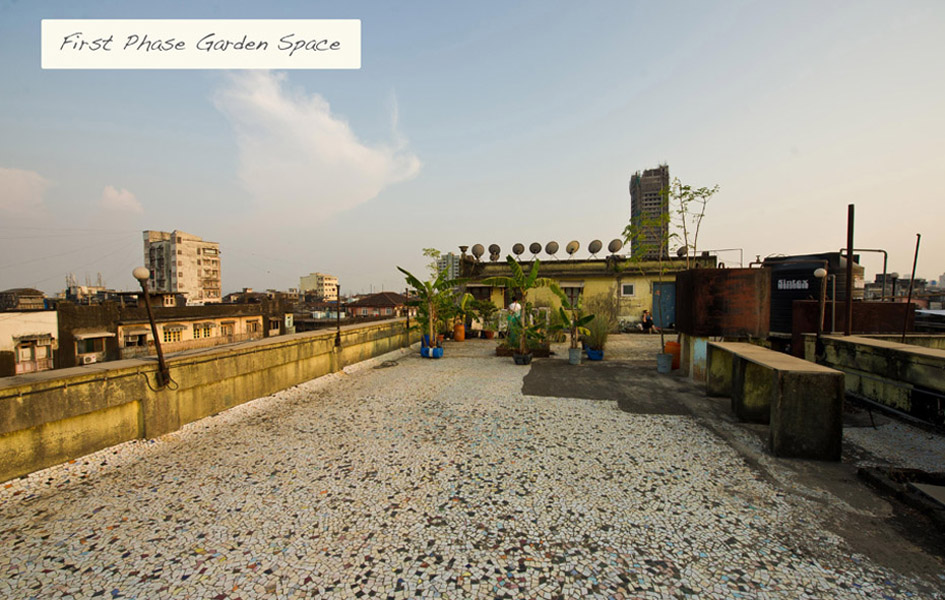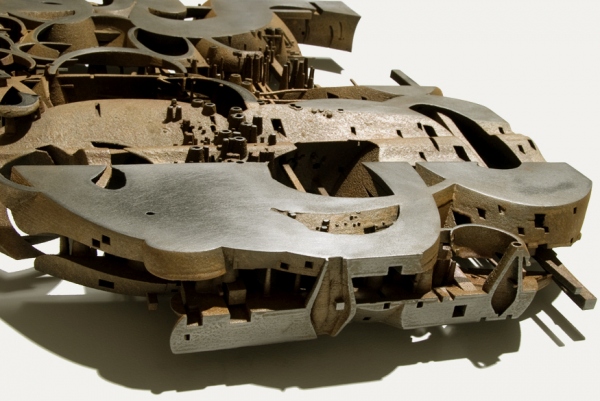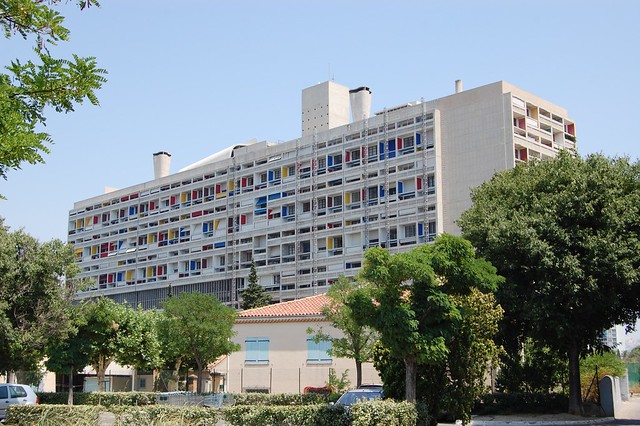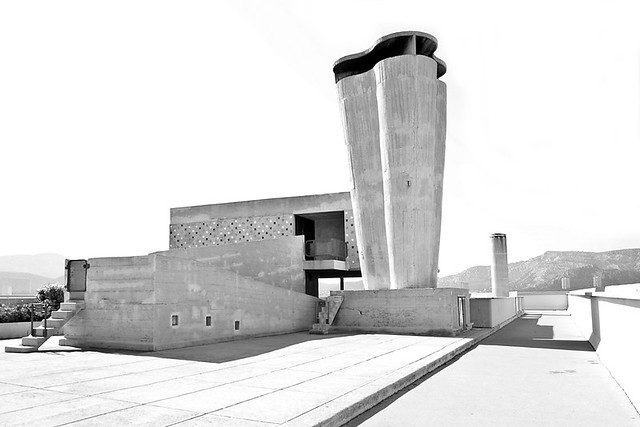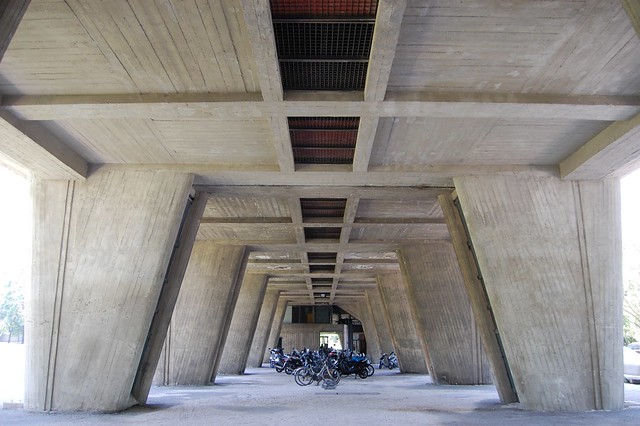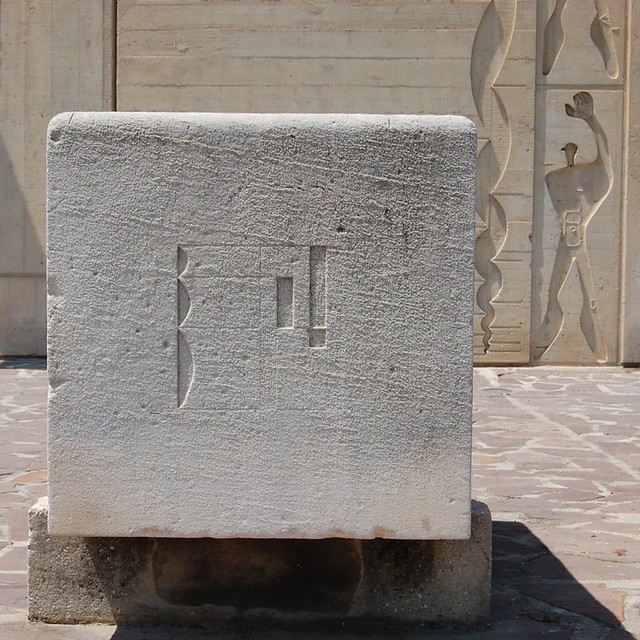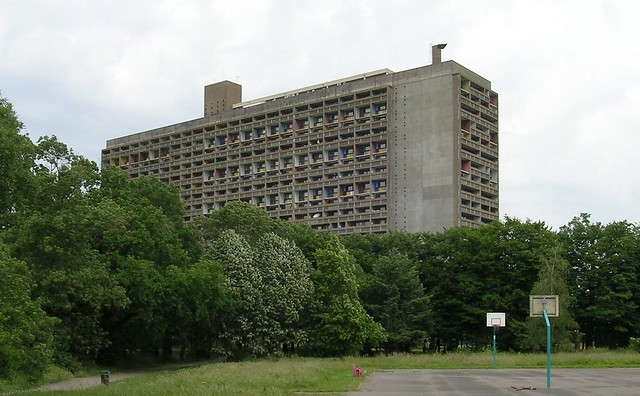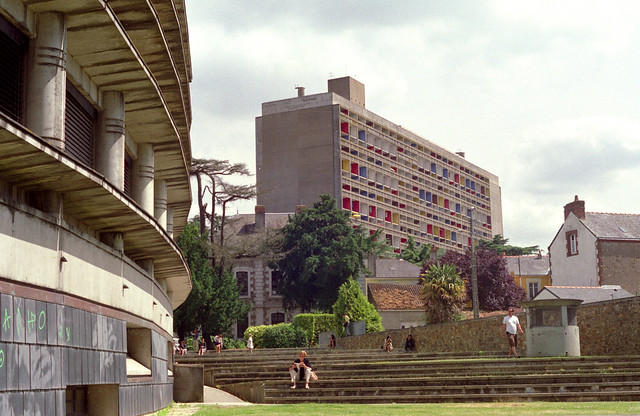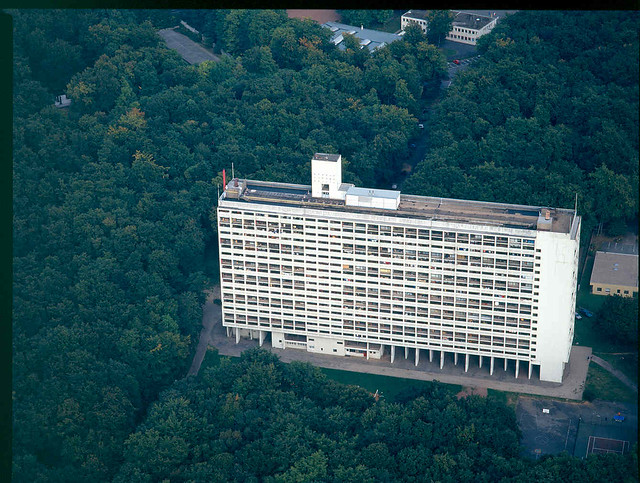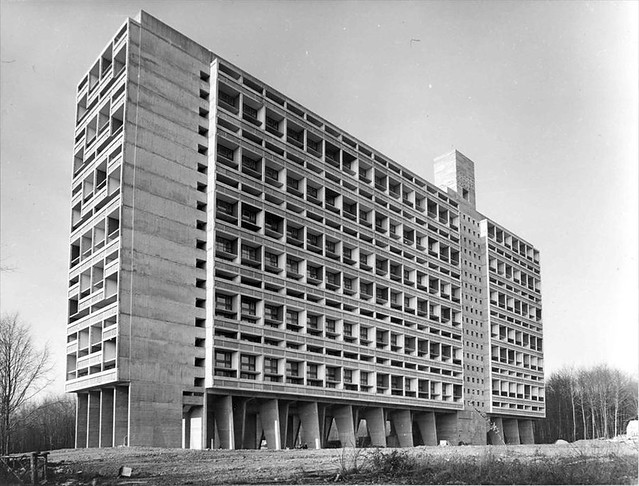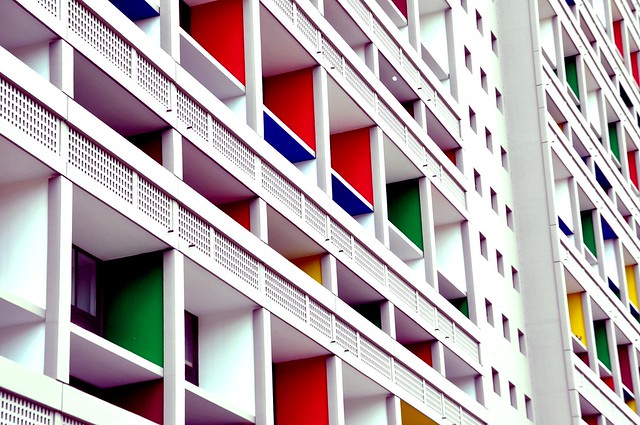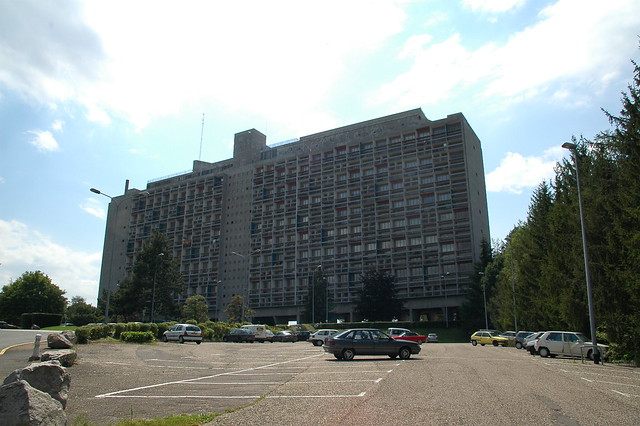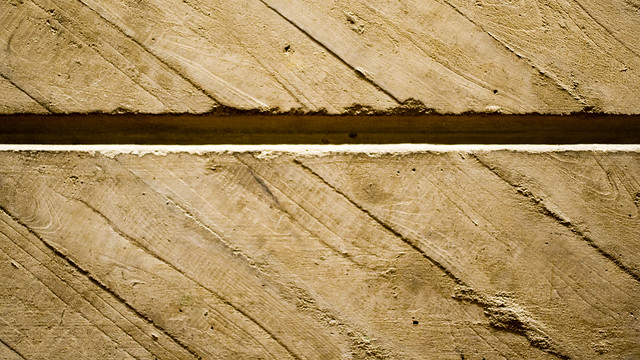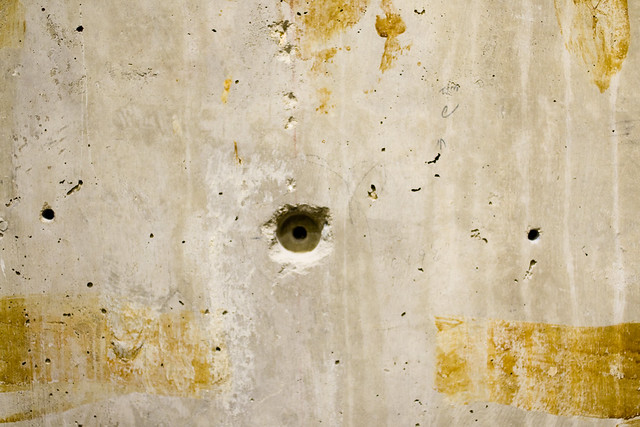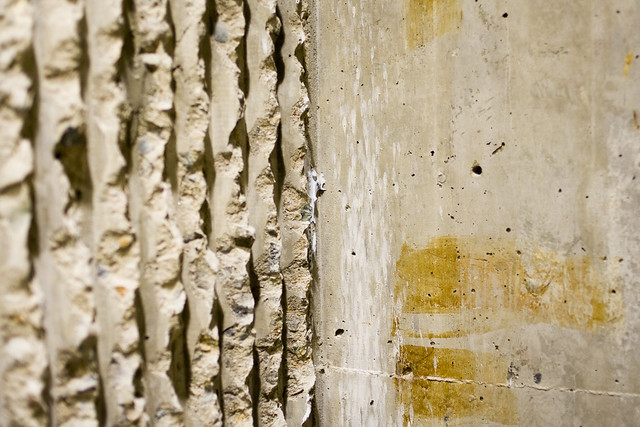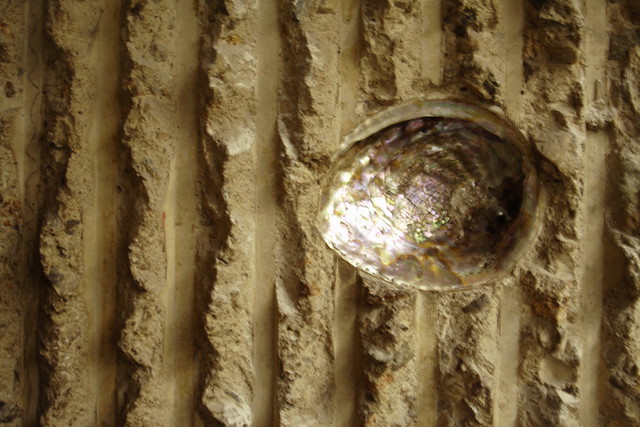Via Mumbai Boss, comes the story of Flyover Farm by Fresh & Local which is aiming to add farms on top of existing Mumbai buildings, and they have a Kickstarter:
Fresh & Local is a movement to facilitate urban farming in Mumbai. We started in the spring of 2010, in reaction to the lack of fresh and organic produce, and the lack of resources and support for urban farming in the city. We research and develop best practices, design gardens and garden products, host gardening workshops and work in partnership with NGOs and individuals to set up kitchen gardens across the city.
Fresh and Local’s Flyover Farm project is a natural progression and culmination of the work currently being carried out.
This is all really interesting, but seeing the existing building stock which is generally of poor construction and knowing how much soil is required to grow fruit and vegetable plants, I fear that not many building can support the weight of these roof farms. I applaud the project, since we have lots of roof space in Mumbai, and the quality of vegetables will undoubtably be better than the ones grown on the sides of the suburban railways.
